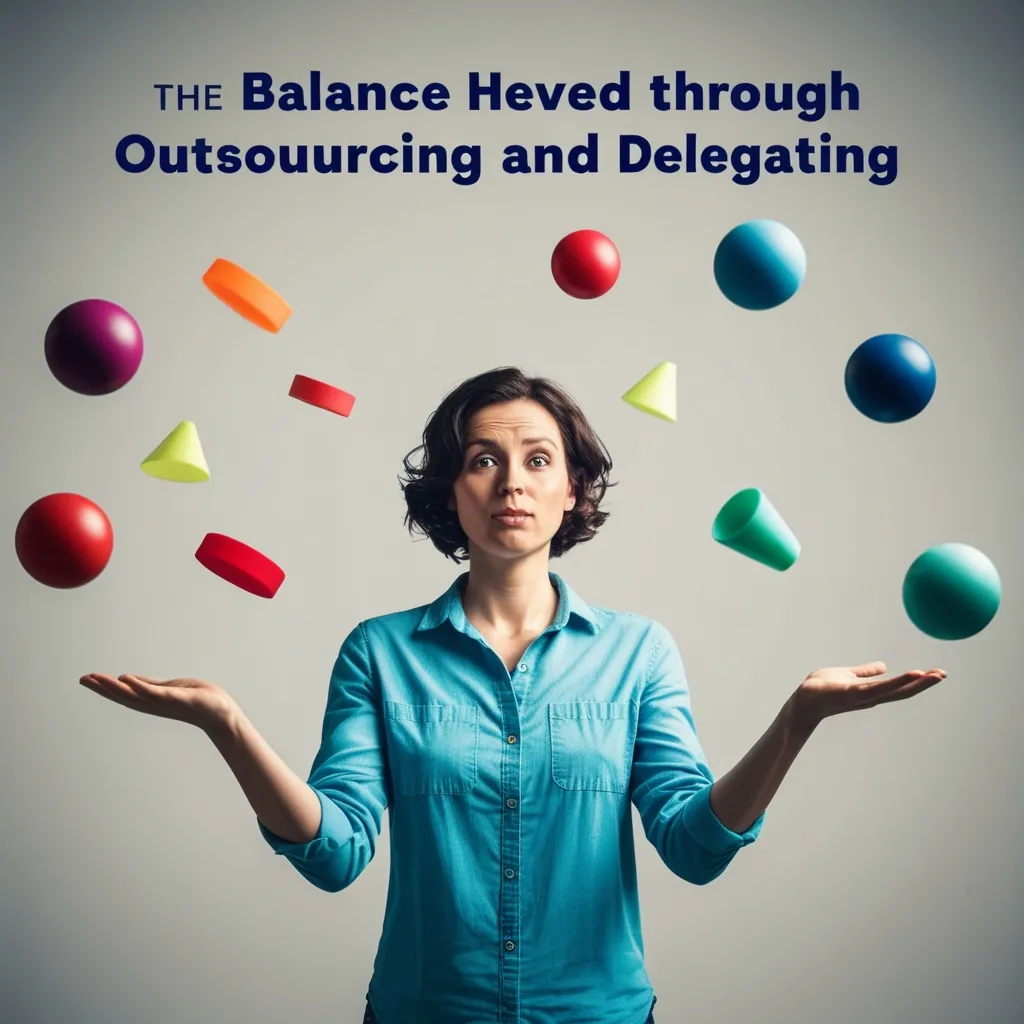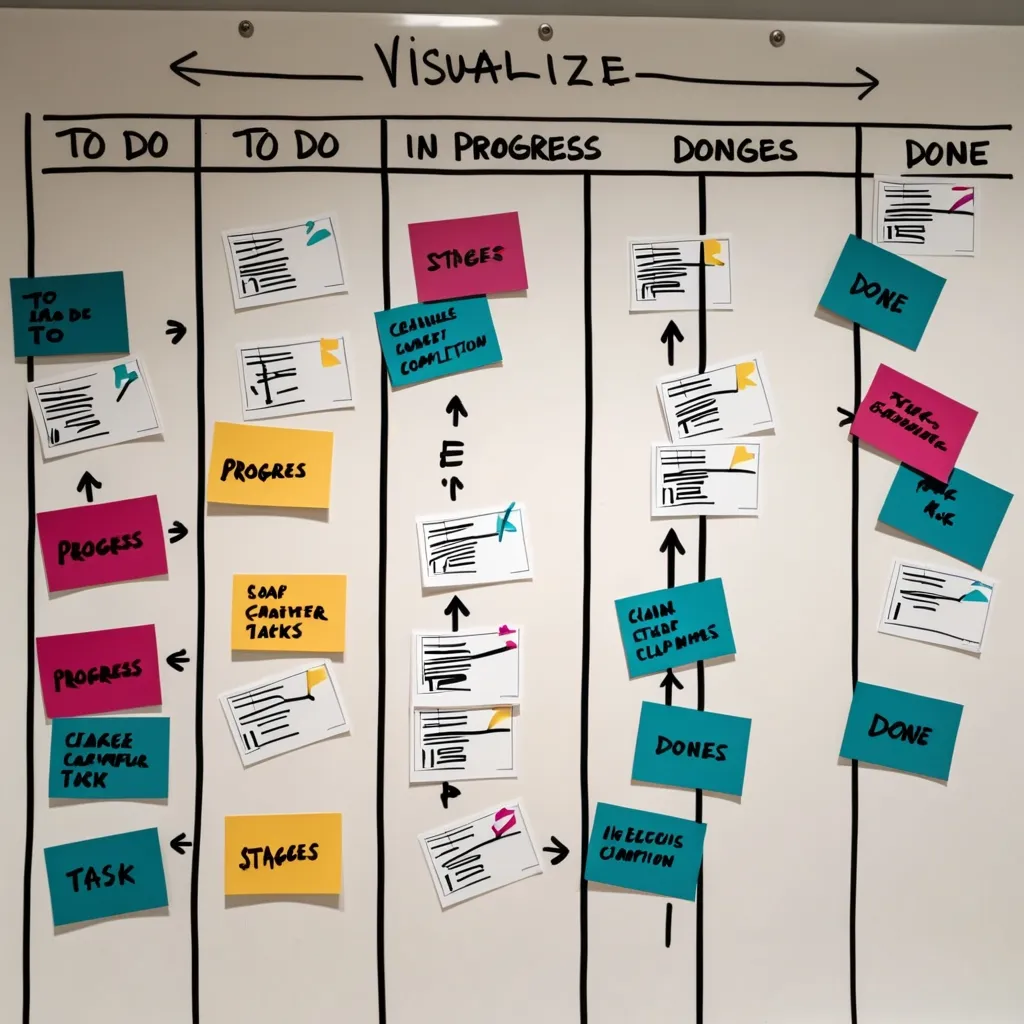Welcome to the wondrous world of productivity, where gurus and aficionados wield techniques like magic wands with claims of transforming lives overnight. In this never-ending quest for efficiency, many methods have surfaced—some genuinely enlightening, others less so. Today, we’ll explore a variety of these techniques, evaluate their effectiveness, and see if they’re worth incorporating into your life.
Let’s dive into the famed Pomodoro Technique first. This classic method suggests working for 25 minutes, followed by a five-minute break, repeating this cycle four times. Afterward, you reward yourself with a longer break. It’s a beloved tool among students for maintaining motivation. However, the stricture of stopping every 25 minutes can disrupt that luscious flow state when you’re finally in the groove. If 25 minutes aren’t enough, stretching to 40 or 45 minutes might hit the sweet spot for productivity.
Next, we have delegation. Popularized by Tim Ferriss in “The 4-Hour Workweek,” delegation urges us to set an aspirational hourly rate for our time. If tasks can be outsourced for less than this rate, pass them off. It encourages valuing time, potentially freeing us to focus on tasks that matter more personally and professionally.
The Two-Minute Rule, from David Allen’s “Getting Things Done,” is a neat hack. If something takes two minutes or less, do it immediately rather than listing it. For many, this rule streamlines small tasks, reducing accumulation to-do lists. Yet, it’s so easy to procrastinate on small tasks that clutter our inboxes or messages, creating an avalanche of delay.
In contrast, the Two-Day Rule advocates not taking off more than one day from a routine activity—particularly useful for maintaining workout regimens. While some, like productivity enthusiast Matt D’Avella, find it a perfect balance between discipline and flexibility, it might not suit everyone. Having an accountability partner can sometimes make a bigger difference.
Time blocking is a fantastic strategy that assigns specific hours to tasks, making distractions less likely to creep in. It’s not just for ordinary folks either; icons like Elon Musk and Bill Gates utilize it. Time blocking adds structure to otherwise empty calendar spaces, so you know exactly what to focus on at any given time.
Then there’s the Five-Minute Rule for procrastination. Promise yourself to work on a daunting task for just five minutes. Odds are, you’ll continue beyond those initial few minutes. This taps into Newton’s first law, where getting started is the hardest part. Once in motion, carrying on can be effortless, making it a clever way to trick yourself into productivity.
Enter systems vs. goals. James Clear champions focusing on systems over setting rigid goals, arguing that systems pave the way to success. While goals mark a destination, systems lay the tracks that lead there. This mindset shift can be transformative, fostering steady progress.
Next is identifying a Daily Highlight, determining the one crucial task you must accomplish each day. Completing this task guarantees a sense of achievement, regardless of any distractions or smaller tasks left in limbo. It streamlines priorities, ensuring that each day contributes meaningfully towards broader objectives.
Batching is another strategy that suggests grouping similar tasks—like emails or video production—into a single session. It minimizes transition time and keeps momentum flowing on particular types of work. Although it might not be universally life-changing, it’s good for those who can batch like there’s no tomorrow.
Color coding calendars is useful for visual planners, allowing a quick assessment of task categories and priorities at a glance. It seems beneficial for meticulous schedulers, despite not being universally embraced.
Then we have the ubiquitous to-do lists. Traditional lists might lead to overwhelm, so some opt for a ‘might-do’ list, shifting from necessity to optionality. Such flexibility acknowledges that not everything is urgent, offering psychological relief from perpetual productivity pressure.
Listening to content at increased speeds is a major life hack. Whether it’s audiobooks or TV shows, consuming content faster frees up time, giving you a greater breadth of knowledge or entertainment. While unconventional for some, listening at higher speeds is exhilarating for others—the perfect example of subjective productivity.
Discussing deadlines, it’s clear they motivate through pressure, instilling urgency for task completion. Yet, reliance on deadlines paints productivity into a corner of necessity rather than fostering an environment of desire and creativity. Striving to view tasks as privileges rather than burdens reshapes productivity pursuit.
With the Eisenhower Matrix, tasks are categorized by urgency and importance, helping prioritize effectively. However, it might not suit everyone’s style, especially those who prefer fluidity over rigidity.
Goal setting divides opinions; input goals (process-driven) might offer more satisfaction than outcome goals (result-focused). This subtle shift emphasizes control over endeavors. By focusing on aspects within reach, fulfillment remains attainable.
To round off our conversation, embrace the mantra of enjoying the journey. The ultimate productivity hack is indistinguishable from happiness. When work becomes play, motivation and productivity follow naturally. Finding joy in tasks negates the need for external motivators, erasing distractions—fulfilling the quintessential productivity zenith.
Exploring these techniques unveils that while not every tool is universal, the mere exposure fosters self-awareness. Picking the cherries that work best enriches productivity and overall life satisfaction. As the journey unfolds, blending these techniques skillfully can lead to a fulfilling and exciting path where productivity and pleasure seamlessly intertwine.






